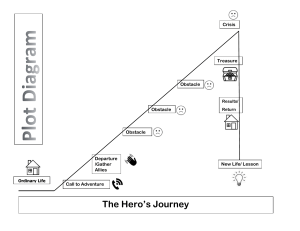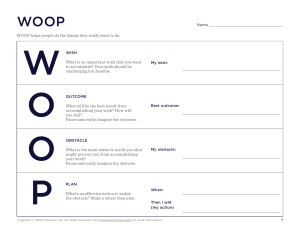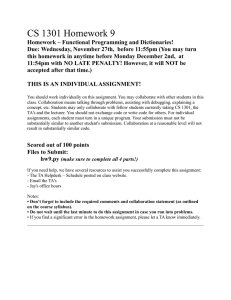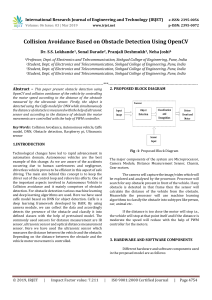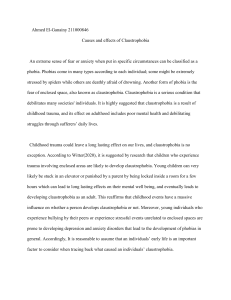Harrington 21M.604 Fall 2005 Week 4, Handout
advertisement
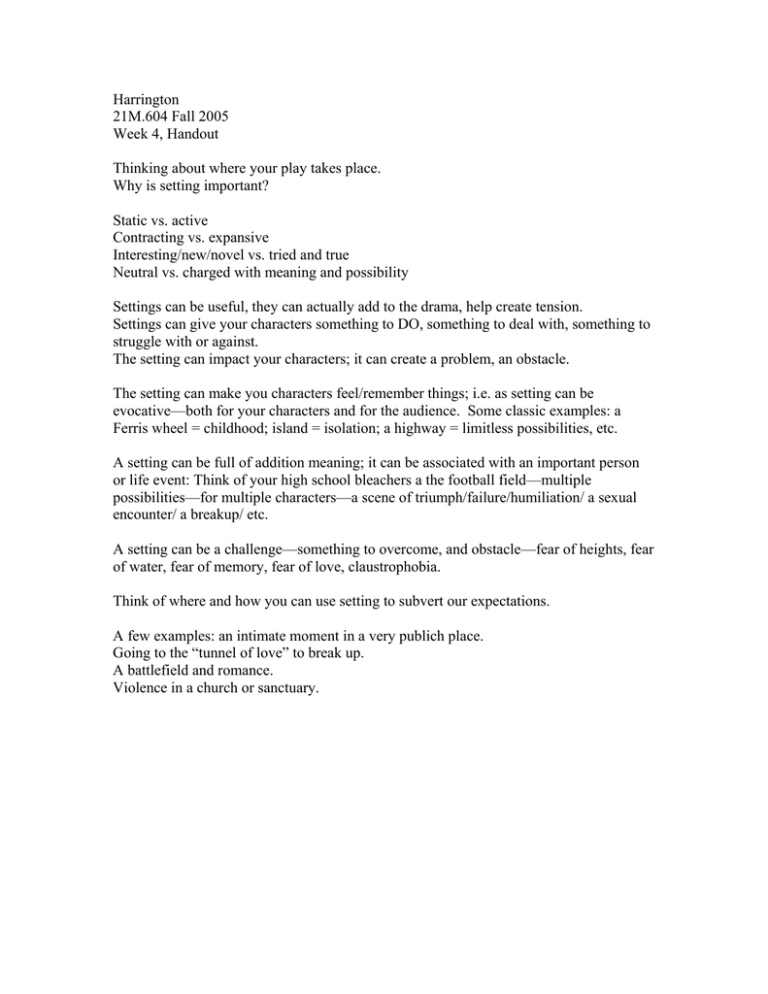
Harrington 21M.604 Fall 2005 Week 4, Handout Thinking about where your play takes place. Why is setting important? Static vs. active Contracting vs. expansive Interesting/new/novel vs. tried and true Neutral vs. charged with meaning and possibility Settings can be useful, they can actually add to the drama, help create tension. Settings can give your characters something to DO, something to deal with, something to struggle with or against. The setting can impact your characters; it can create a problem, an obstacle. The setting can make you characters feel/remember things; i.e. as setting can be evocative—both for your characters and for the audience. Some classic examples: a Ferris wheel = childhood; island = isolation; a highway = limitless possibilities, etc. A setting can be full of addition meaning; it can be associated with an important person or life event: Think of your high school bleachers a the football field—multiple possibilities—for multiple characters—a scene of triumph/failure/humiliation/ a sexual encounter/ a breakup/ etc. A setting can be a challenge—something to overcome, and obstacle—fear of heights, fear of water, fear of memory, fear of love, claustrophobia. Think of where and how you can use setting to subvert our expectations. A few examples: an intimate moment in a very publich place. Going to the “tunnel of love” to break up. A battlefield and romance. Violence in a church or sanctuary.
